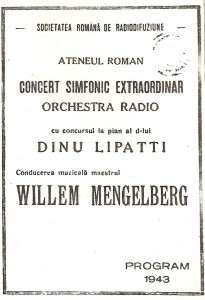The words ‘Feng Shui’ refer to ‘Wind’ and ‘Water’, two forms of energy without which we cannot survive. The practice aims to cultivate the lifeforce energy of Qi that brings both their life-enhancing properties. ‘Wind’ refers to the harmonious movement of air within the physical environment. Much like with water, air can move gently like a stream (as with a soft breeze) or strongly like a torrent (the word ‘Typhoon’ means ‘Big Wind’). In Feng Shui, appropriately harnessing the energy of air in home and work spaces is said to nourish the individuals in that space.
Air is invisible and yet is of paramount importance to our existence, so anything that both stimulates its movement and makes us aware of its presence is considered auspicious. Wind chimes, windsocks, and other ornaments that stimulate the environment through sound and movement help to make sense-able the otherwise intangible, bringing more clearly to consciousness the often unconsidered forces that support us in life. Aromatherapy diffusers can infuse the air with a lovely smell and thereby bring a flavour to an otherwise aromatically bland space.
The back left zone of a room or property (opposite side of the room from the door, on the left) is a particularly potent place to decorate with these objects, as that area relates to Wealth, the original symbol of which was Wind. Fans add more propulsion to the movement of air and can therefore be extremely supportive. Ideally the fan should be facing towards the center of the room from a corner (ideally that back left corner), and it is particularly auspicious if it rotates. Keep in mind that the energy of anything around the fan will also circulate around the room, so you want the area to include more natural objects like plants than chaotic energy like clutter. Decorative hand-held fans, even when on display and not moving, help to stimulate the energetic element of air particularly when placed in the Wealth area of the room, though obviously real air circulation is preferable.
Doors and windows are the primary avenues for new air to enter your space, so it is essential that they be kept clean and in good working order. Regularly clean the frames so that the air crossing the threshold isn’t bringing physical dust or energetic stagnation into the space. Chimes on doors can be a wonderful way to highlight the movement of air while transitioning from one space to another – they are particularly good on bathroom doors, as they symbolically transform the quality of the air (though aromatherapy will more literally change any odours).
The air can stagnate in areas where there is less circulation, such as inside closets and cabinets, and behind heavy furniture. It is important to open closets and cabinets regularly and to remove everything every season to help move the air around. Cleaning behind heavy furniture on a regular basis is important too. This could be an ideal location for an aromatherapy diffuser, which can help to freshen up the air that circulates around such large pieces.
As much as possible, use natural cleaning solutions to help keep the air that circulates as natural as it can be. Astringent, artificial ingredients may be effective at cleaning spaces but they toxify the air with chemicals that can have an adverse effect on your health. With a little Googling, you can find lots of ways to use ingredients like baking soda, vinegar, lemon, and soda water (perhaps not all at the same time…) to clean a space. Use natural aroma oils rather than the harsher, chemical-based products sold with the purpose of freshening the air – whenever I go into a space like that, I find the space less appealing than is the intention of the owner! Keep things simple and natural.
May your time at home be a breath of fresh air!




Recent Comments